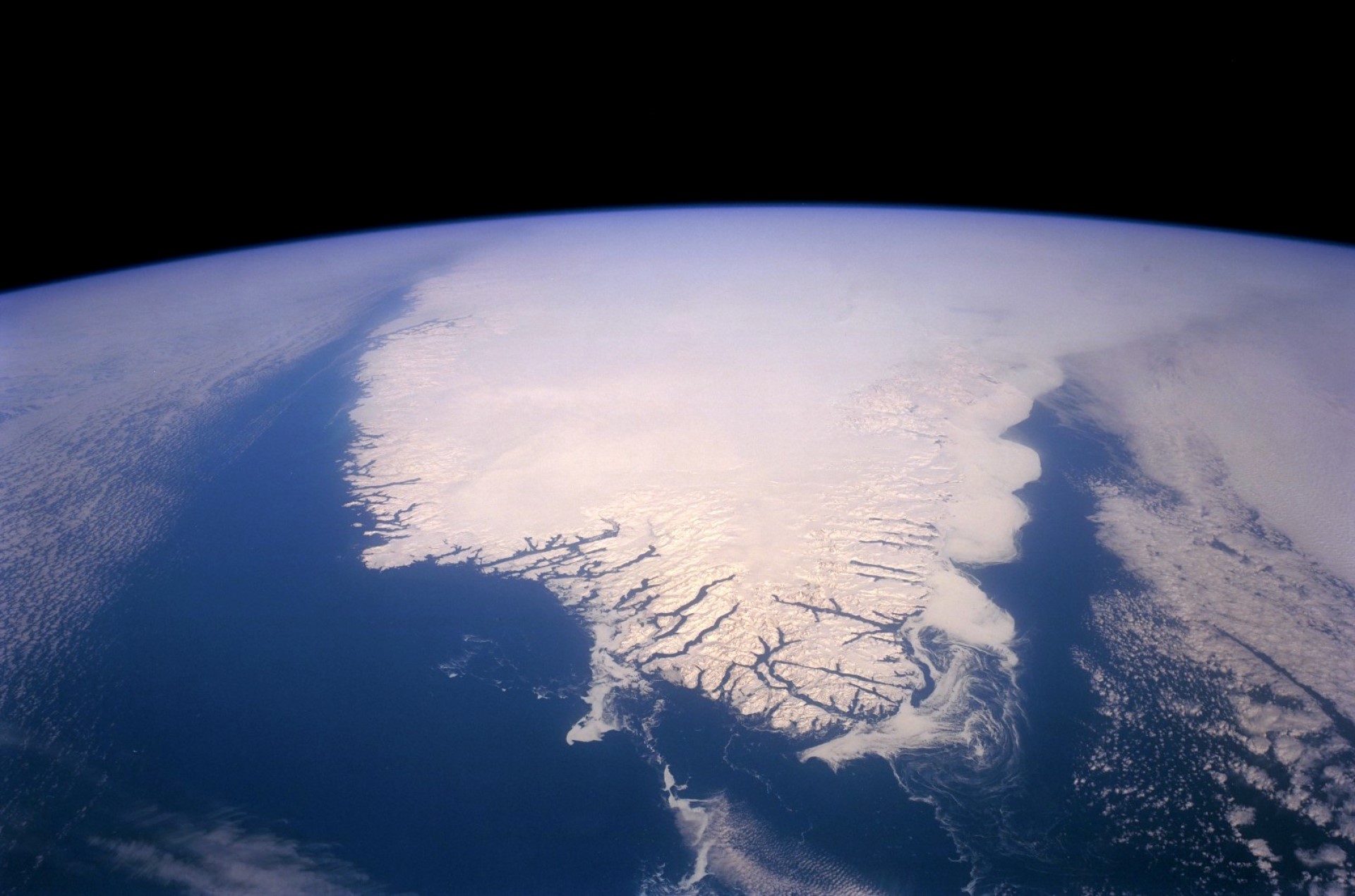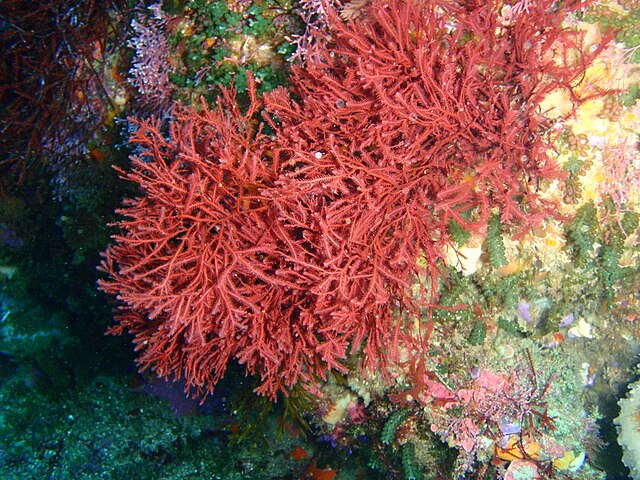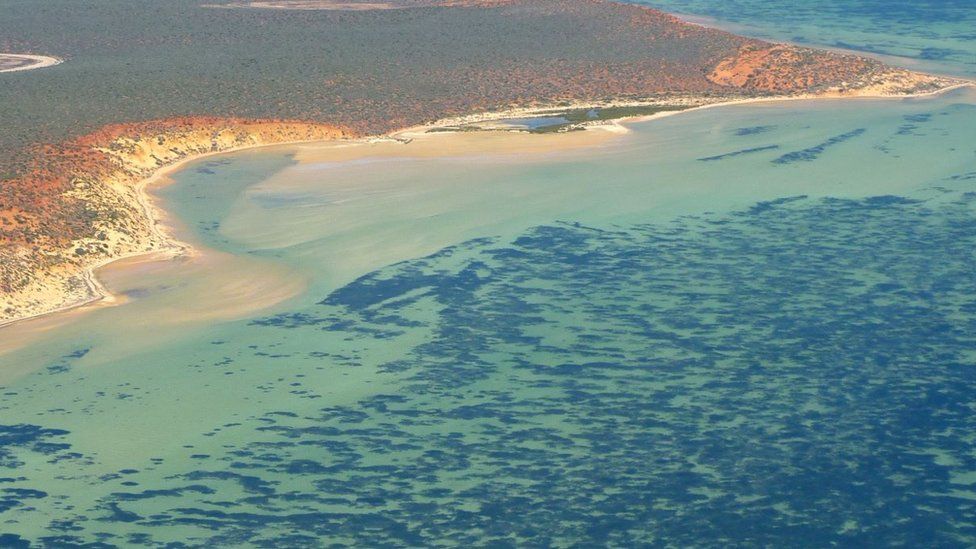Humpback whale
The humpback whale is a widely recognized species. Weighing around 40 tonnes, and measuring 14-17m. It is known for its habit of breaching (as above) which can be heard from miles away, and its incredibly complex song, which can last between 4 minutes and 33.
Their low sounds can be heard by whales 1000 miles away, and have been picked up by electronic sources far further away than that.
Whaling did horrific damage to this species, with their population falling to just 5000 in the 1960s. Thankfully, having been protected, the population is now around 135,000. Subspecies are more varied, with those in the northern hemisphere less secure. The least secure is the Arabian sea population, which is thought to be isolated for 70,000 years and there are only 80 that remain.
Threats to individual whales include entanglement in fishing gear, ocean noise and collisions with ships.
They are known to have hunting methods more complex than most baleen whales, including bubble netting which forces the fish into tighter shoals to then be taken in one mouthful.
Young are predated by orca in some parts of the world, and many carry scars from these encounters to the end of their lives.


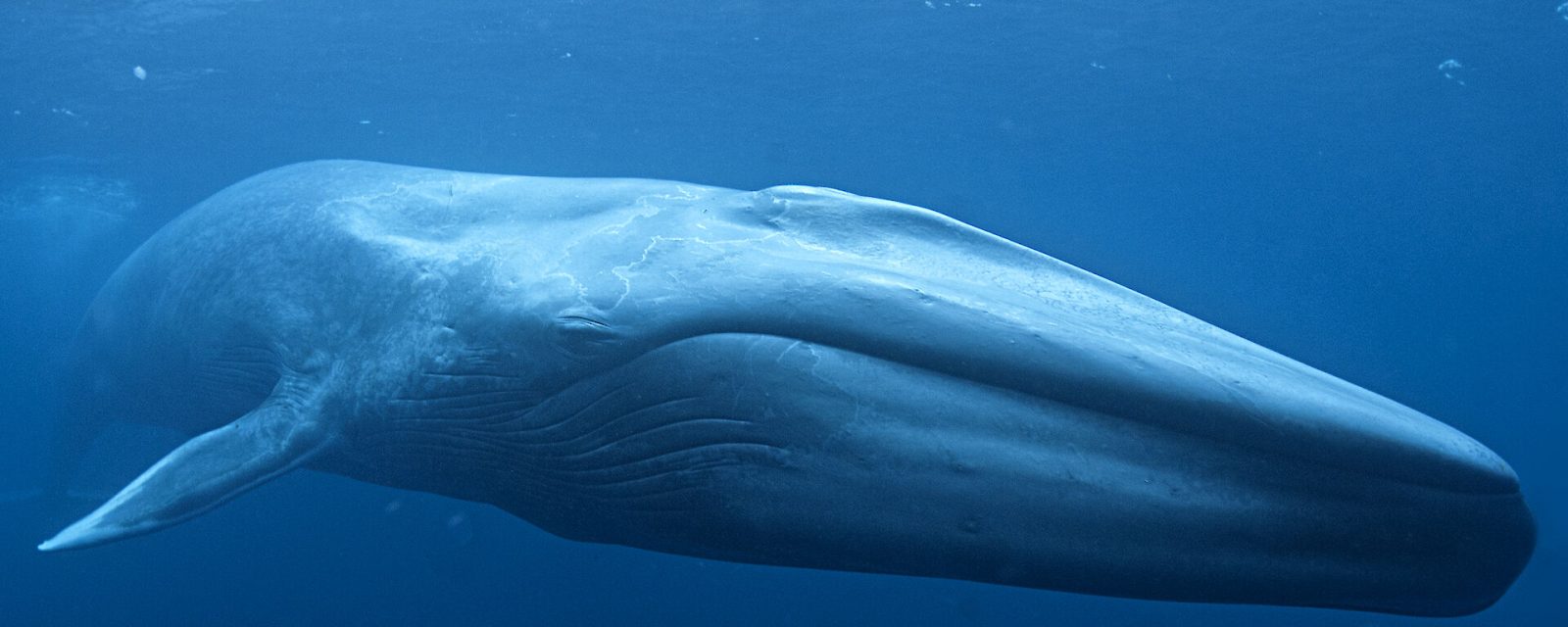
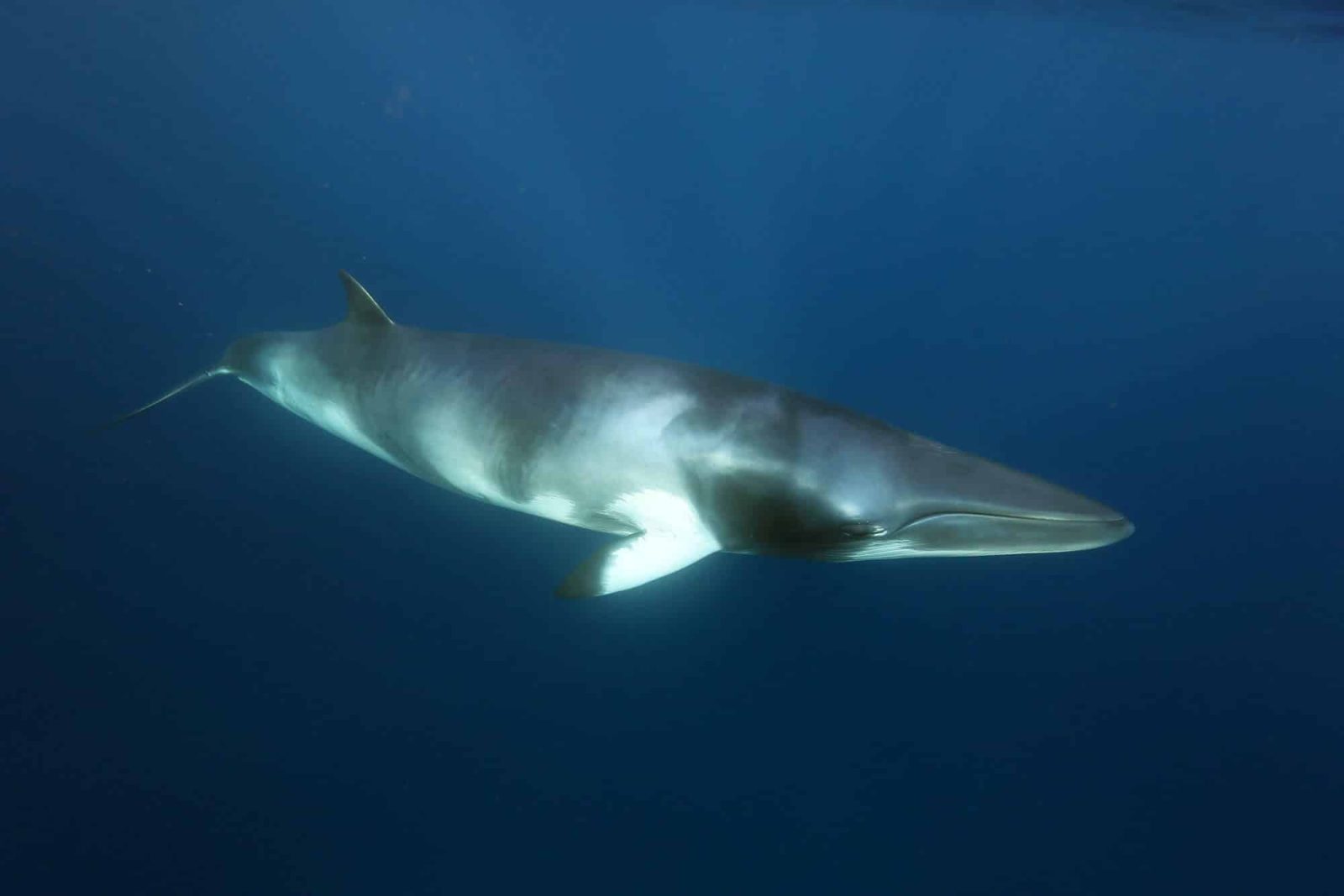
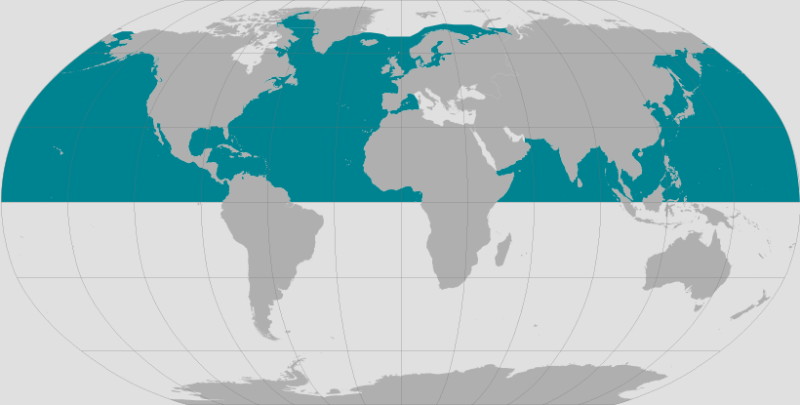 The smallest species of rorquals and second smallest baleen whales in the ocean. It was originally ignored, a primary target of whalers in the Southern hemisphere. Also known as the Northern minke whales, it lives in the Southern hemisphere, but is not the Southern Minke as that one lives in the waters around the Antarctic. Its range expands far into the northern hemisphere, up into arctic waters.
The smallest species of rorquals and second smallest baleen whales in the ocean. It was originally ignored, a primary target of whalers in the Southern hemisphere. Also known as the Northern minke whales, it lives in the Southern hemisphere, but is not the Southern Minke as that one lives in the waters around the Antarctic. Its range expands far into the northern hemisphere, up into arctic waters.
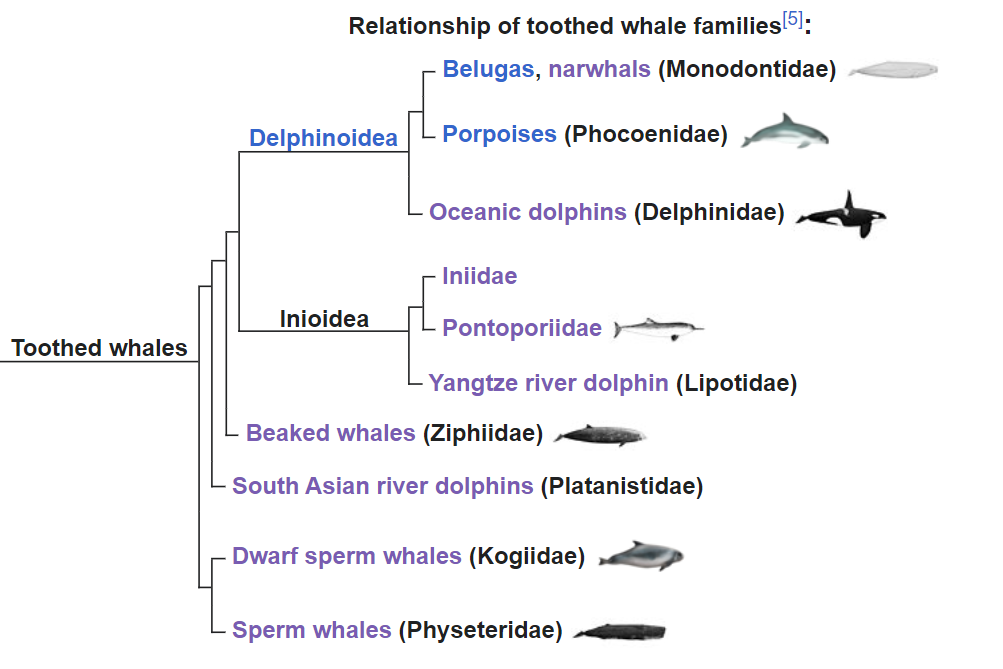
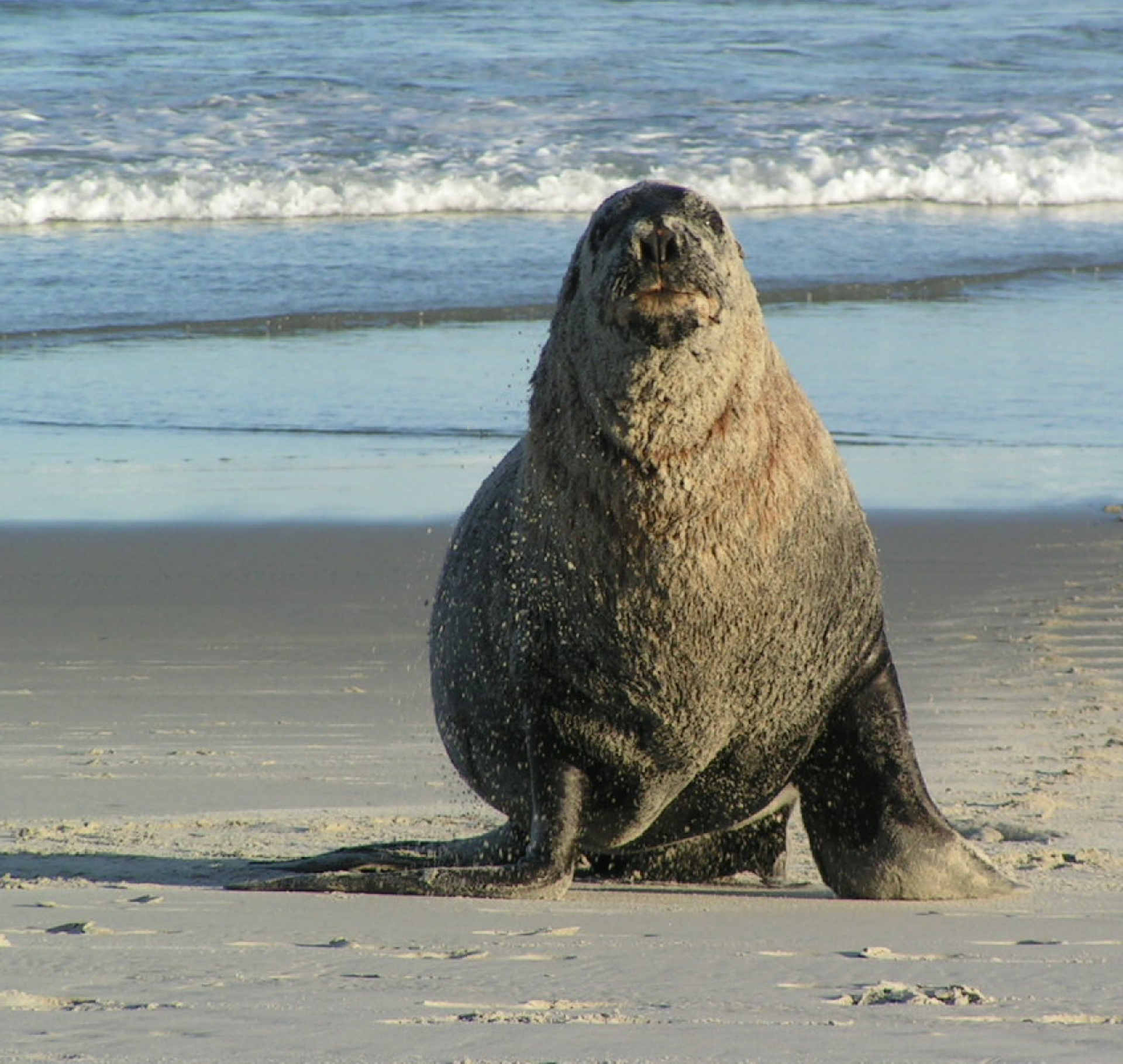

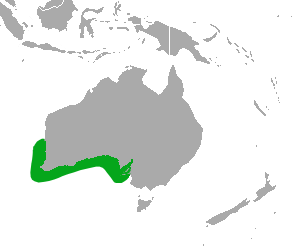 only endemic pinniped found in Australia.
only endemic pinniped found in Australia.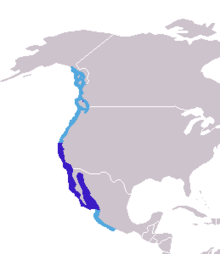 the west coast of north America. On this map, the navy blue marks the breeding rance, while the light blue shows the total range that they can be found in. It should be noted, that previously the Japanese and Galapagos sealion were both considered subspecies of the Californian species, but no longer. They can stay healthy, for a time, in fresh water, and have been seen living for a while in Bonneville dam – 150 miles inland.
the west coast of north America. On this map, the navy blue marks the breeding rance, while the light blue shows the total range that they can be found in. It should be noted, that previously the Japanese and Galapagos sealion were both considered subspecies of the Californian species, but no longer. They can stay healthy, for a time, in fresh water, and have been seen living for a while in Bonneville dam – 150 miles inland.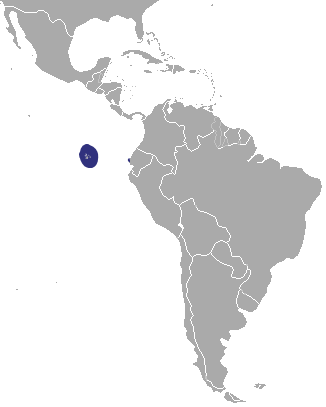 on all of the Galapagos Islands, as well as (in smaller numbers) on Isla de la Plata, which is just 40km from Puerto López a village in Ecuador. There have also been recorded sightings on the Isla del Coco which is 500km southwest of Costa Rica (and 750km from the Galapagos). These are not regular, and so have been considered vagrant. It is of course possible that historically they roamed here, but we cannot say.
on all of the Galapagos Islands, as well as (in smaller numbers) on Isla de la Plata, which is just 40km from Puerto López a village in Ecuador. There have also been recorded sightings on the Isla del Coco which is 500km southwest of Costa Rica (and 750km from the Galapagos). These are not regular, and so have been considered vagrant. It is of course possible that historically they roamed here, but we cannot say. known as the Hooker sealion) is native to south island, though before 1500 it is thought that it was also found on north island. They tend to breed on Subarctic islands of Auckland and Campbell (99% of the pups are born in these islands). In 1993, sealions started breeding on South Island again for the first time in 150 years.
known as the Hooker sealion) is native to south island, though before 1500 it is thought that it was also found on north island. They tend to breed on Subarctic islands of Auckland and Campbell (99% of the pups are born in these islands). In 1993, sealions started breeding on South Island again for the first time in 150 years.
